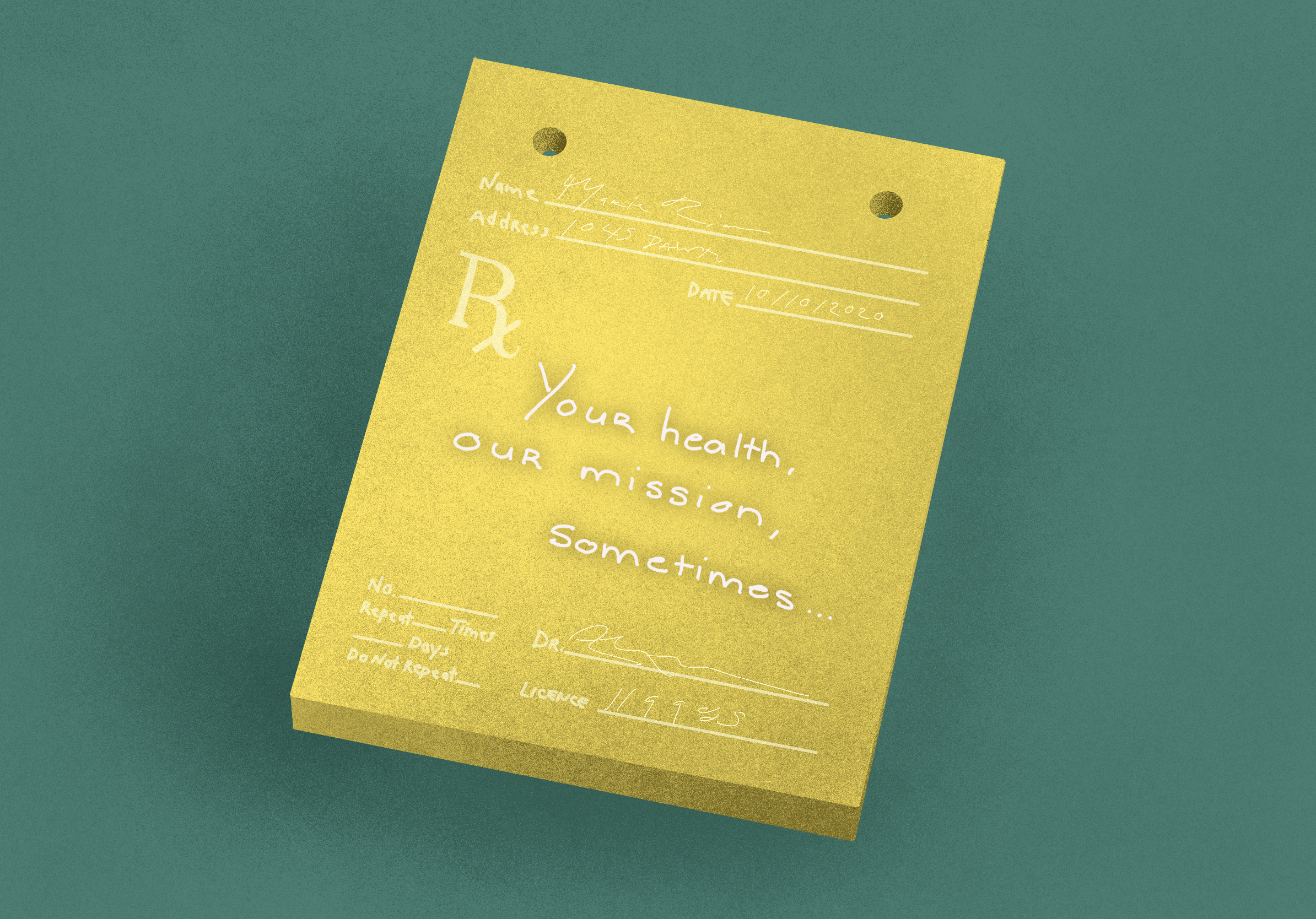How the healthcare sector has repeatedly failed Indigenous people
Content warning: This story contains some elements of racism and abuse, which some readers may find disturbing
Though the topic of anti-Indigenous racism in Canada has regained some public attention since the beginning of the Black Lives Matter protests this summer, nothing has served as a more vivid reminder of this reality than the recent death of Joyce Echaquan and Georges-Hervé Awashish.
Hospitalized for stomach pains, Echaquan, an Atikamekw woman livestreamed the abuse she experienced by the medical staff whose care she was under, as she screamed for help and pleaded that she was being given too much morphine. She passed later that evening, after spending two days in the hospital, leaving her husband with the care of their seven children. Awashish, an Atikamekw man from Obedjiwan, did not receive the same spotlight from the public, but his treatment was just as poor. The circumstances of his passing are still being investigated.
As protesters decried the deeply entrenched problem of racism in the medical industry, specifically when it comes to the care of First Nations peoples, Premier François Legault’s reaction and apology sparked controversy when he didn’t directly address the systemic nature of racism in our province, with many recalling his denial of it over the summer.
We know this is false. And the fact that Legault used to be our province’s Minister of Health makes this belief all the more alarming.
Articles revealing the absurd statistics about racial bias in our medical system are not scarce. A 2017 report confirmed a five-to-seven year gap between the life expectancies of Indigenous and non-Indigenous people, as well as an infant mortality rate 1.5 times higher for Indigenous populations. These numbers barely touch the surface of the issue; among these communities, studies have recorded higher rates of HIV/AIDS, diabetes, tuberculosis, depression and anxiety, substance abuse, and deaths from accidental or preventable conditions.
Studies about the disenfranchisement of Indigenous people in the medical industry point to disproportionately inaccessible and underfunded services, deficient education and data collection systems, and failure to consider cultural barriers as the main culprits.
But the government isn’t the only authoritative body to have failed Indigenous people; so have medical practitioners themselves. Other than the victims of doctors and nurses’ individual discrimination, who have turned into statistics and archived stories in the public’s eyes, genetics-based medical research has also often proven to uphold or be rooted in racial biases.
In 1962, geneticist James V. Neel formulated what he called the “thrifty gene hypothesis” — a supposed genetic explanation for Indigenous people’s higher tendency to be affected by diabetes and obesity.
In 2020, this hypothesis still has yet to be confirmed, and many experts have flagged it as a lazy excuse to shrug off responsibility for the type II diabetes epidemic currently plaguing First Nations communities.
The emphasis on genetics has repeatedly served this purpose. During the H1N1 pandemic, researchers were quick to suspect a correlation between the exponential rates at which the virus spread in Indigenous communities as a genetic predisposition. This meant relieving some of society’s accountability for the long-standing socio-economic circumstances that have led to higher chances of transmission and greater risk for medical complications — circumstances which have re-emerged in the age of COVID-19.
And let’s not forget the healthcare workers who took the practice of eugenics into their own hands for decades and performed forced, irreversible sterilization procedures on over a thousand Indigenous women. Shielded from legal repercussions by proclaiming these women were “mentally defective,” overly promiscuous, or alcoholics, practitioners were allowed to continue these operations until 2018, as far as we know.
The indictments of these practices as a form of genocide can hardly be called controversial. And those who choose to fool themselves into thinking that we aren’t a racist province are those who will continue to vote for a leadership whose agenda purposely excludes Indigenous rights and issues. I wonder how Premier Legault has managed to convince himself that these blatant acts of racism aren’t systemic. Crying ignorance to these issues is unacceptable; in 2020, it’s become irresponsible not to know.
Feature graphic by @the.beta.lab
